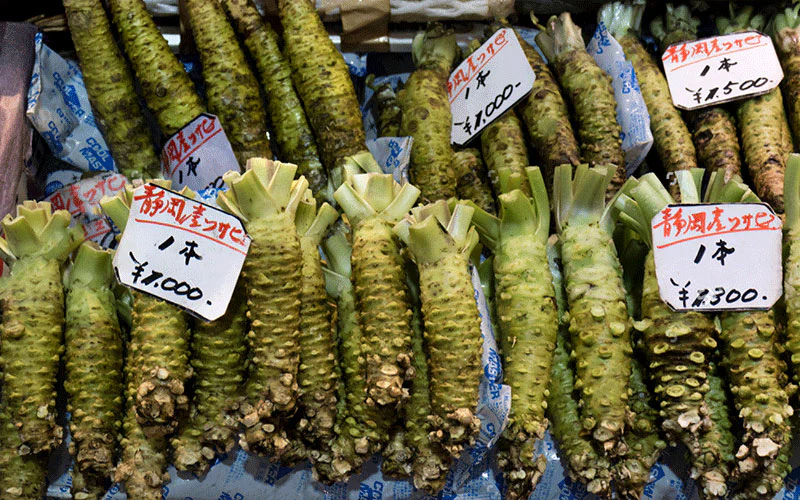In recent years, wasabi, a plant native to Japan, renowned for its sharp, distinct flavor, has seen a significant increase in production. This surge, particularly noted in 2023, marks a new chapter in the agricultural and culinary sectors. This article delves into the reasons behind this rise, the challenges faced, and the impact on global cuisine and economy.
The Roots of Wasabi: Understanding the Plant
Wasabi (Eutrema japonicum), often referred to as Japanese horseradish, is a plant that grows naturally along stream beds in mountain river valleys in Japan. It has a unique taste, combining sharpness with a distinct aroma, making it a prized component in Japanese cuisine, especially sushi and sashimi.
The Challenge of Growing Wasabi
Wasabi is notoriously difficult to cultivate. It requires specific conditions: clean, running water, a particular temperature range, and a certain level of humidity. This makes wasabi one of the most challenging and expensive crops to grow.
The 2023 Surge: Factors Contributing to Increased Production
The year 2023 witnessed a remarkable increase in wasabi production. Several factors contributed to this surge:
Technological Advancements in Agriculture
Innovations in hydroponic systems and controlled environment agriculture have made it possible to grow wasabi more efficiently. These technologies mimic the natural conditions required for wasabi, leading to higher yields and quality.
Expanding Global Demand
Globalization has increased the demand for authentic Japanese cuisine, including wasabi. This demand has spurred investments in wasabi cultivation outside Japan, in places like North America and New Zealand.
Environmental and Economic Initiatives
Governments and environmental groups have initiated programs to promote sustainable and profitable agriculture. Wasabi, with its high market value, became a focus for these initiatives, leading to increased support for its cultivation.
The Economic Impact of Wasabi Production Increase
The increase in wasabi production has significant economic implications. It has opened new markets and opportunities for farmers, especially in regions outside Japan. The higher supply has also made wasabi more accessible, potentially lowering prices for consumers.
Challenges and Opportunities for Farmers
Farmers face challenges such as mastering the complex cultivation process and competing with established Japanese wasabi producers. However, there are opportunities in niche markets and in catering to the increasing demand for authentic, high-quality wasabi.
The Culinary World’s Response
Chefs and culinary experts have welcomed the increased availability of wasabi. It has led to more innovation in dishes and has made authentic Japanese flavors more accessible to a global audience.
Health Benefits: A Boost to Wasabi’s Popularity
Wasabi is not just a flavor enhancer; it also has health benefits. It contains compounds that have anti-inflammatory and antimicrobial properties. This has added to its appeal, further increasing its demand.
The surge in wasabi production in 2023 is not just a temporary phenomenon; it signifies a growing interest in diverse, culturally-rich flavors and sustainable agriculture. As technology advances and global tastes evolve, wasabi’s journey from a traditional Japanese condiment to a global culinary staple is an intriguing narrative of innovation, tradition, and taste.


Leave a Reply